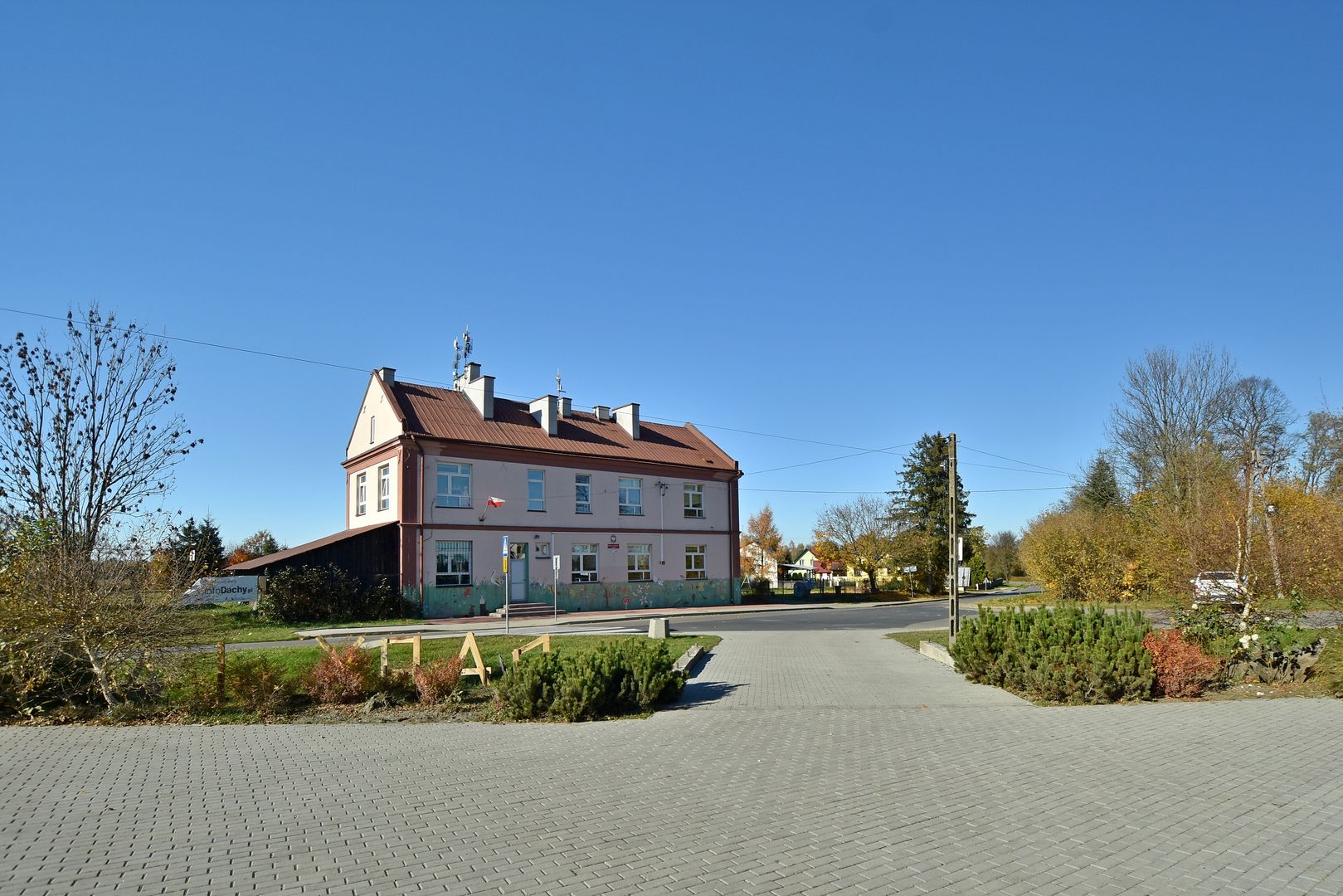Cieplice
6.05

Overview
Cieplice is a village in the Podkarpackie Voivodeship, in Przeworsk County, with a history dating back to the 15th century. The name of the village derives from the warm springs that do not freeze in winter. In 1815, 8,500 people lived here, and in the pre-war period, this number dropped to 4,500. In 1628, the village was known as Wola Cieplica, and from 1674 it appears as Cieplice, with 58 houses. In 1921, there were 418 houses in Cieplice. Before World War II, about 3,630 people lived here, with a majority of Ukrainians. The period of World War II and subsequent events were tragic – in 1942, German gendarmes murdered 40 Jews, and in 1945, 75 Ukrainians were killed during Polish partisan attacks. Administratively, the village was part of various counties, and between 1975 and 1998 it belonged to the Przemyśl Voivodeship. Cieplice is home to architectural monuments, including the complex of the Greek Catholic church, now the Roman Catholic Church of St. Peter and Paul, built in 1904, and a belfry from the early 20th century. There is also a single-story manor house from the 19th century. In 1655, a wooden church was built, and in 1968, a Roman Catholic parish was established. Education in Cieplice has its roots in 1823, and schooling evolved through various stages, including the introduction of co-educational schools in the late 19th century. Among the teachers of this school, Jakub Gierczak stood out in 1861, as well as headteachers in later years. Cieplice is a place that combines rich history, architecture, and the influences of various cultural traditions.
Location
2025 Wizytor | All Rights Reserved